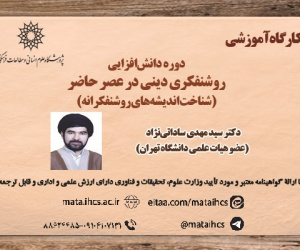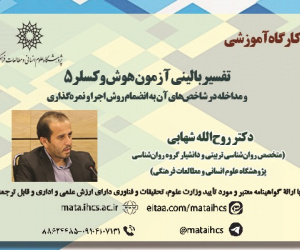برآورد تولید ناخالص داخلی صنعت ورزش ایران به تفکیک استانی برای سالهای 1400-1389 (مقاله علمی وزارت علوم)
درجه علمی: نشریه علمی (وزارت علوم)
آرشیو
چکیده
توسعه اقتصاد ورزش در دنیا به عنوان عاملی موثر بر رشد اقتصادی، در سال های اخیر مورد توجه جدی سیاست گذران کلان کشورها قرار گرفته است. به منظور تدوین راهبردهای اثربخش در اقتصاد ورزش، اولین گام برآورد دقیق و داده محور اندازه صنعت ورزش در اقتصاد است. مطالعه حاضر با استفاده از نظریه های محوری در برآورد اقتصاد ورزش، تولیدناخالص بخش ورزش به تفکیک استان های ایران در دوره 1389-1400 را براساس روش هزینه ای برآورد کرده است. نتایج مطالعه نشان می دهد که به صورت متوسط سهم ورزش در تولید کل کشور تقریباً 39/0 درصد بوده و این سهم در طول سال های مورد بررسی روند نزولی داشته است. از سوی دیگر، تولید ناخالص واقعی بخش ورزش در کل کشور در این دوره کاهش 18 درصدی را تجربه کرده است. علاوه براین، از کل اقتصاد ورزش کشور، 19 درصد تولید ناخالص ورزش فقط در استان تهران و 50 درصد تولید ناخالص ورزش متعلق به استان های تهران، اصفهان، مازندران، مرکزی، فارس و خراسان رضوی بوده و 50 درصد باقیمانده در 24 استان دیگر انجام شده است. از نظر سهم نیز بالاترین اندازه اقتصاد ورزش نسبت به اقتصاد استان، برای خراسان جنوبی با سهم 84/1 درصد و کمترین سهم در استان خوزستان با سهم تنها 09/0 درصدی از اقتصاد استان بوده است. توجه به سه نتیجه اصلی مطالعه شامل 1)سهم اندک ورزش در اقتصاد، 2)روند نزولی اقتصاد ورزش در کشور، 3)نابرابری در توزیع تولیدناخالص ورزشی در استان ها، ضرورت توجه جدی سیاست گذاران بخش ورزش به تدوین راهبردهایی برای استفاده حداکثری از ظرفیت اقتصاد ورزش را برجسته می سازد.The Estimation of Gross Domestic Sport Production for the Iranian Provinces During 1389-1400
The rapid development of the sports economy within the world, as an effective factor for the economic growth, has been the focus of policymakers in recent years. In order to formulate effective strategies in the sports economy, the first step is to accurately estimate the size of the sport industry in the economy. In this regard, the study is to estimate the gross domestic sport production (GDSP) for all of the Iranian provinces during the period 1389-1400, employing economic theories related to the sport economy. The results of the study show that on average the share of exercise in the country's total production was approximately 0/39 %, and this share has declined over the investigation period. On the other hand, the real GDP of Iran`s sport industries as a whole have experienced a 18 % decrease over the period. In addition, 19 % of the national sport economy has been spent only in Tehran province; 50 % of the national sport economy spent in Tehran, Isfahan, Mazandaran, Markazi, Fars, and Khorasan Razavi provinces and 50 % of the rest have been spent in 24 other provinces. In terms of share, the highest size of the sports economy compared to the province's economy was 1/84 % for South Khorasan and the lowest share in Khuzestan province with only 0/09 % of the province's economy. Considering the three main results of the study, including 1) a small share of sports in the Iran`s economy, 2) the downtrend of the sport economy in the country, and 3) inequality in distributing sports production among Iran`s provinces, emphasizes that sports policymakers need to formulate strategies in order to take advantage of the Iran`s sports economy capacities.







